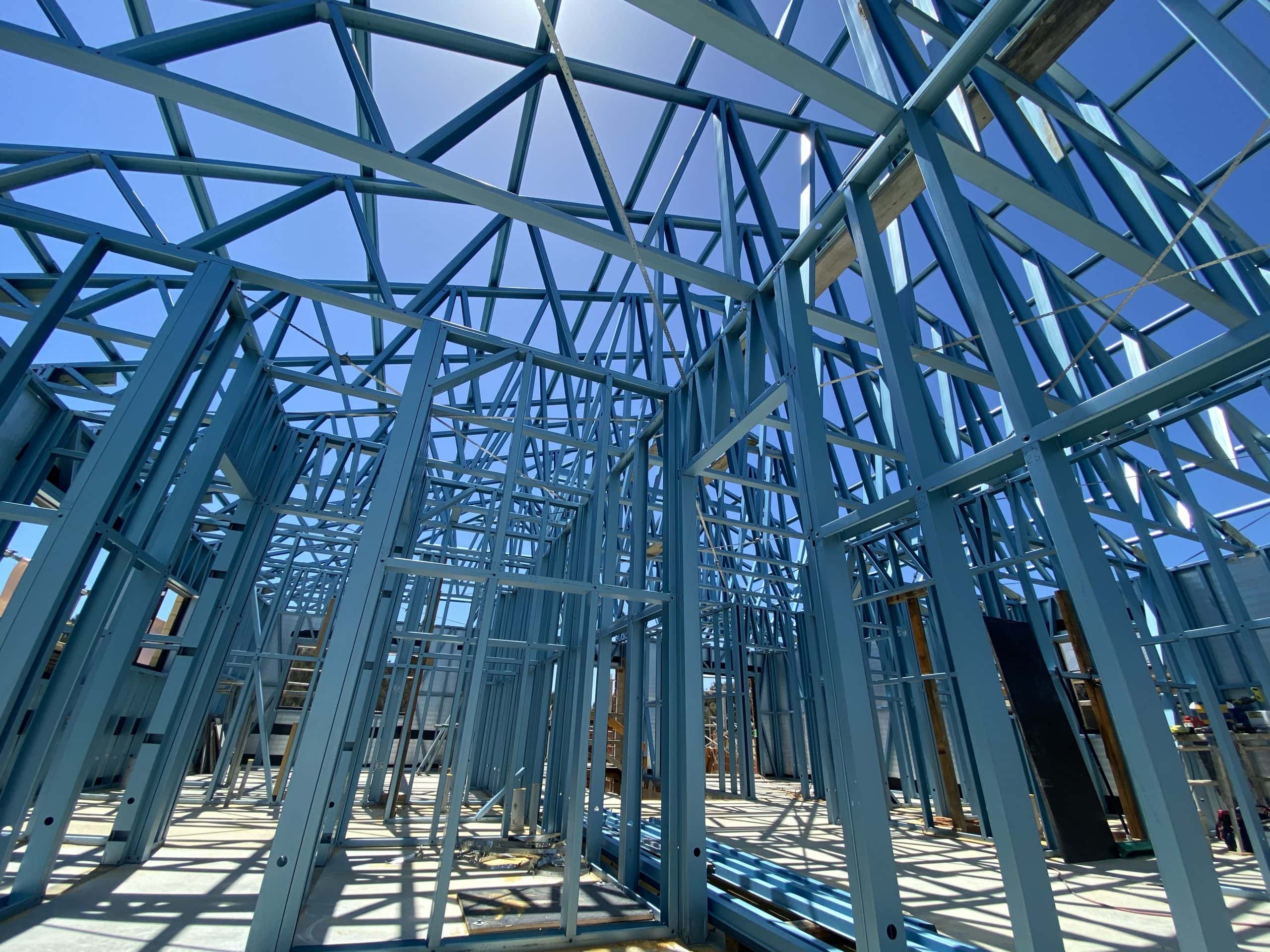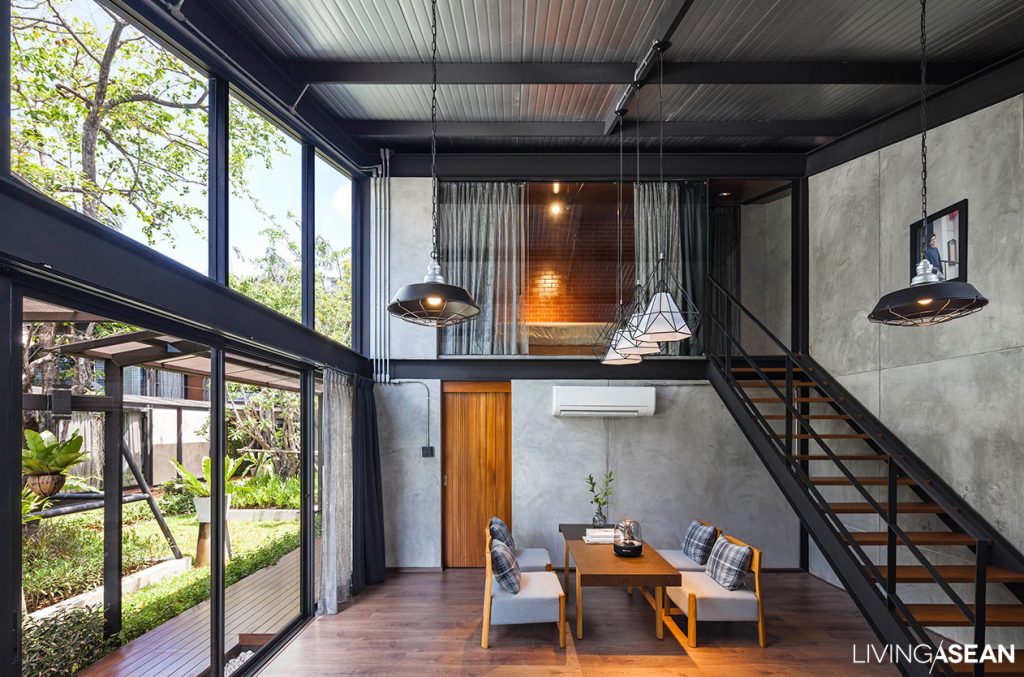All Categories
Featured
Table of Contents
The Advantages And Disadvantages Of Steel Frame ... in Victoria Park WA 2022

Where steel frame construction is utilized, insulation steps need to be put in place to combat the thermal conductivity of steel. One of the benefits of utilizing wood structural elements is the capability to change them on site. A component can be cut down to size, nails hammered in to enhance the join and so on.
The measurements of steel require to be specifically determined beforehand, because a steel fabrication is delivered to site in its last type, ready to be slotted into the building. This is naturally among the huge benefits of steel, however if the fabrication has actually led to an incorrect part for whatever reason, the job might be held up while the framework is returned to the workshop for modification.
Steel frame constructions seldom work on their own. They generally require drywall, sheathing, insulation and supplemental wood components to bring a building together. In the opinion of some building businesses, this longer building and construction time is an argument against steel frame buildings, although normally the time cost savings surpass any adjustments that require to be made on site.
Pros & Cons Of Steel Frame Homes in Balga Australia 2020
We can talk you through your various fabrication options and discuss how structural steel fabrications can increase the durability of your building, minimize structure expenses and cut building time. For a guide to dealing with subcontractors on structural steel fabrication, please download our new guide: How To Make Sure Quality, Compliance & Preparation When Hiring Steel Fabrication Business.
Lev/ Fotolia Once used mostly for industrial and commercial buildings, steel framing has actually become significantly popular amongst house owners. Both wood and steel are efficient, sustainable structure materials, and the last option may boil down to which kind of frame fits your project more. Prior to choosing, it is necessary to understand how steel frames stack up versus wood.
Steel has a few benefits over wood when it comes to smaller buildings. Steel has a much greater resistance to deterioration than wood. For instance, a leaky roofing system will not lead to decaying. Floorings held up by a steel infrastructure will likewise never warp, keeping the surface area level.
Kit Homes - The Advantages Of Steel Construction in Ashfield Oz 2023
Steel is non-combustible; suggesting the frame of your home will stay undamaged even after a significant fire. As a structure material, steel has the ability to hold up against natural catastrophes such as earthquakes or hurricanes. This means that insurance coverage for steel-framed homes are often lower, particularly in disaster-prone areas. When utilized for an effectively kept home, steel frames have the possible to last for several generations.
JRB/ Fotolia No structure material is perfect, and steel is no exception. Steel framed houses are strong, however have far less flexibility when it comes to roof design.
Metal is a natural conductor, and thus more challenging to insulate. This is specifically real in colder months or climates, where the entire frame will drop in temperature if not properly insulated. This may cause higher energy costs, increasing both your bills and carbon footprint. While steel is immune to rot, rust can become a very genuine issue.
The Advantages Of A Steel Structure Building in Bedfordale Australia 2023
If left unattended, rust will impact the stability of your facilities and cause costly repair work. Prior to selecting whether wood or steel for your home's frame, among the most essential and complex aspects to analyze is the expense. There are both short-term and long term variables to think about.
Building and construction expenses are significantly higher for a metal frame. In addition to needing special tools, metal frames will cost between 10 and 20 percent more than wood frames. You will require additional products such as fasteners and electrical boxes to finish the frame. Professionals might also include extra charges for steel building and construction depending upon how uncommon steel framed buildings are in your location.

A few of these consist of: Wood frame: warping, rot, mold, termite damage, stud damage, natural catastrophe damage such as flooding or earthquakes; easy to add extensions or add/remove walls. Steel frame: heating/cooling and insulation expenses, rust, additional work when including an extension or customizing walls; usually lower insurance coverage costs in some locations.
The Benefits Of Building A Steel-framed House - Handyman Tips in Joondanna Australia 2020

As the United States begins to get in some sort of normalization considering that the pandemic happened, the building industry has actually gone into a boom. Associated to the continuing of numerous paused projects that were started pre-pandemic along with a worthwhile housing market, specialists and builders remain in no short supply of jobs that require to be done.
Table of Contents
Latest Posts
Structural Steel Homes In Austin, Tx in Stirling Aus 2023
Steel Framed Homes: Timber Vs Steel Frame (Pros & Cons) in Coolbinia Western Australia 2020
Small Steel Frame House in Greenmount WA 2021
More
Latest Posts
Structural Steel Homes In Austin, Tx in Stirling Aus 2023
Steel Framed Homes: Timber Vs Steel Frame (Pros & Cons) in Coolbinia Western Australia 2020
Small Steel Frame House in Greenmount WA 2021